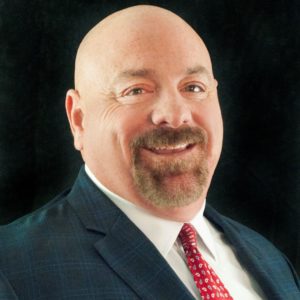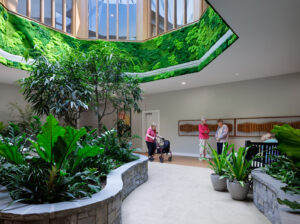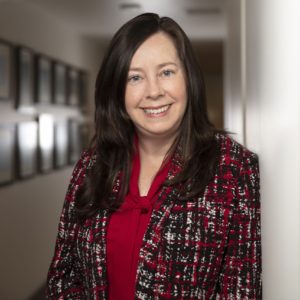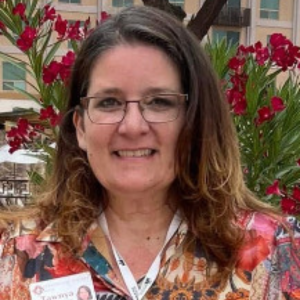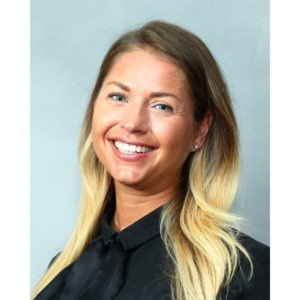Functional programming aids person-centered care
Functional programming is an ideal approach to take if your community wishes to make design changes as part of an operational move to a more person-centered approach to resident living, consultant gerontologist Julie Bessant Pelech, BES, C. Gerontology, told those attending the workshop "Juggling Act: Design Solutions for Person-Centered Care" May 4 at the Environments for Aging Conference. A substantial amount of effort is required for such transformations, however, whether the project is a new building or the remodeling of an existing one, she added.
 The functional programming approach, the speakers said, centers on residents' needs and also considers the organization's goals, family expectations, staff requirements and design goals. As such, ideally, planning includes the designer and all other stakeholders—residents, resident families, administrators, nurses, personal care workers and those who work in dining, activities, housekeeping and other areas—from the start of the process and incorporates their perspectives. Including staff—and more than just incidentally—increases the likelihood that the finished project will meet the needs of residents and staff, and it also increases staff satisfaction, which, in turn, helps improve resident satisfaction, they added.
The functional programming approach, the speakers said, centers on residents' needs and also considers the organization's goals, family expectations, staff requirements and design goals. As such, ideally, planning includes the designer and all other stakeholders—residents, resident families, administrators, nurses, personal care workers and those who work in dining, activities, housekeeping and other areas—from the start of the process and incorporates their perspectives. Including staff—and more than just incidentally—increases the likelihood that the finished project will meet the needs of residents and staff, and it also increases staff satisfaction, which, in turn, helps improve resident satisfaction, they added.Resources
- The Senior Living Sustainability Guide from With Seniors in Mind;
- The Society for the Advancement of Gerontological Environments (SAGE) Programming for Living and Achieving Culture Change Environments (PLACE);
- The Hulda B. and Maurice L. Rothschild Foundation; and
- The Facility Guidelines Institute's new Guidelines for Design and Construction of Residential Health, Care and Support Facilities, the development of which she helped lead.
For more coverage of this workshop, click here.
For more coverage of environments for aging issues, click here.
I Advance Senior Care is the industry-leading source for practical, in-depth, business-building, and resident care information for owners, executives, administrators, and directors of nursing at assisted living communities, skilled nursing facilities, post-acute facilities, and continuing care retirement communities. The I Advance Senior Care editorial team and industry experts provide market analysis, strategic direction, policy commentary, clinical best-practices, business management, and technology breakthroughs.
I Advance Senior Care is part of the Institute for the Advancement of Senior Care and published by Plain-English Health Care.
Related Articles
Topics: Articles , Design , Executive Leadership , Housing , Operations


